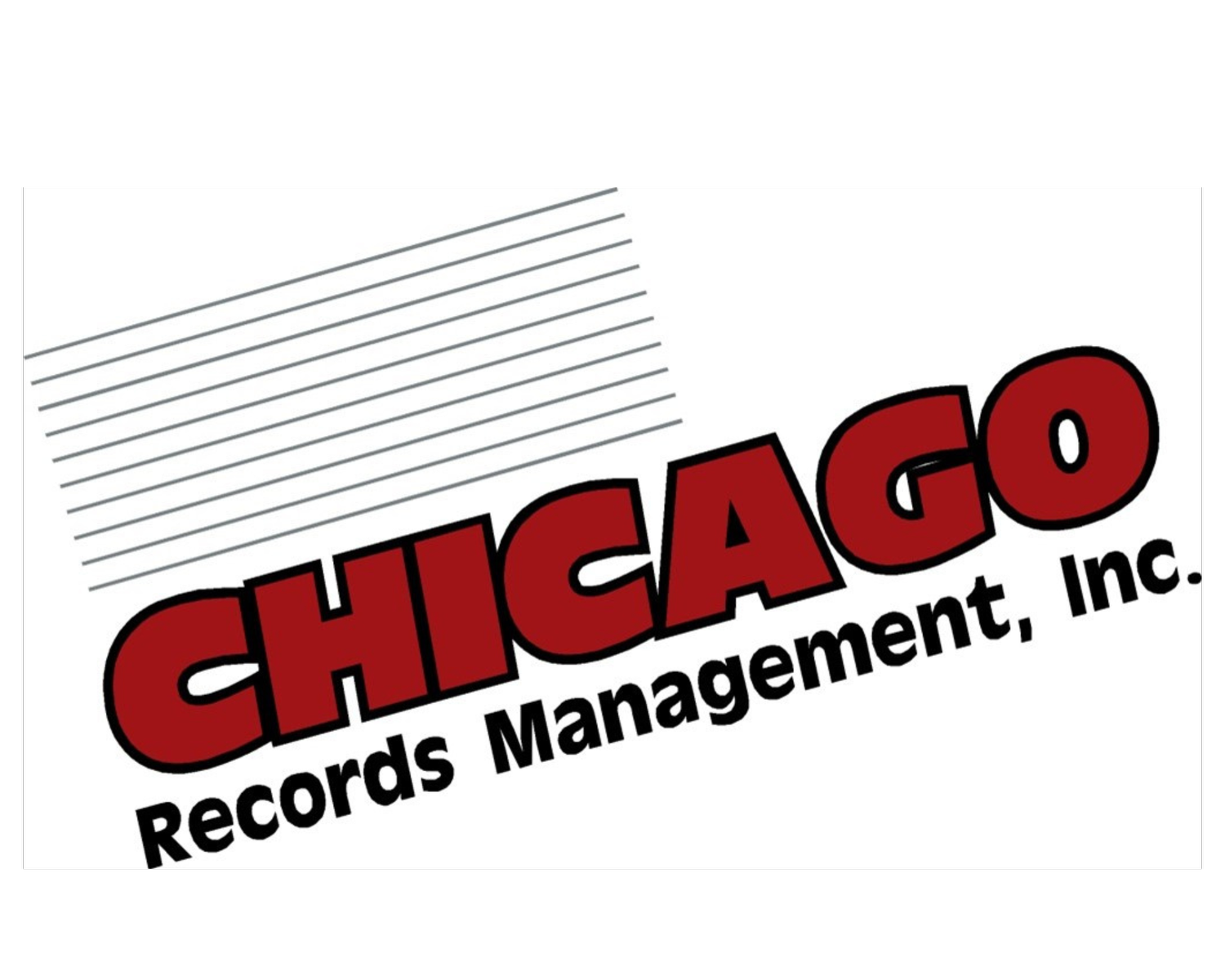The Art of Document Prepping for Seamless Scanning Projects
Document prepping, short for document preparation, refers to the process of getting physical documents ready for digitization or further processing. This preparation involves a series of steps to ensure that the documents can be efficiently and accurately scanned, archived, or otherwise digitized. Here are some key aspects of document prepping:
Document Sorting:
Organize the documents based on the criteria relevant to your project. This could include sorting them by date, type, or any other classification that makes sense for your needs.
Removal of Staples, Clips, and Bindings:
Take out any staples, paper clips, or bindings from the documents. These can interfere with the scanning process and may damage both the documents and the scanning equipment.
Document Repair:
Repair any torn or damaged pages to prevent further deterioration during the scanning process. This may involve taping or reinforcing torn edges.
Straightening and Alignment:
Ensure that the pages are straight and properly aligned. Straightening pages helps prevent skewing during scanning, ensuring that the digital copies are accurate representations of the original documents.
Cleaning:
Remove any dust, dirt, or debris from the documents. Clean documents help maintain the quality of the scans and prevent contamination of scanning equipment.
Size and Orientation:
Check the size and orientation of each document. Ensure that all pages are of a consistent size and are facing the correct direction.
Use of Separator Sheets:
If you have different sections or types of documents, consider using separator sheets to mark the beginning of each section. Some scanning systems can recognize these sheets and automatically create separate digital files.
Quality Control:
Perform a quick quality check to identify any potential issues before scanning. This may involve flipping through the documents to make sure they are in the correct order and verifying that there are no missing pages.
Batching:
Organize documents into batches based on the scanning requirements. Grouping documents into batches can streamline the scanning process and improve overall efficiency.
Labeling:
If necessary, label documents with relevant information such as document numbers, dates, or other identifiers that will be useful in the digital filing system.
Document prepping is a critical step in the overall document management workflow. It ensures that the scanning process is smooth, reduces the risk of errors, and helps in creating accurate digital replicas of the original documents. The specific steps involved may vary depending on the nature of the documents and the requirements of the digitization project.
